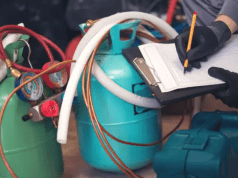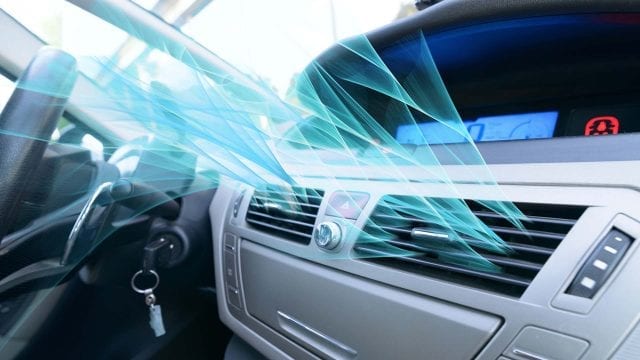
Nowadays, automotive air conditioning is not an attribute of the financial well-being of the vehicle owner, as it was believed 10-15 years ago. A car air conditioner is a necessity that can provide a comfortable microclimate in your vehicle for relatively little money. In this article, we will talk about recharging the car air conditioner.
At first glance, it may seem that recharging is a relatively simple operation, and there is nothing to talk about. However, this is not the case. Of course, today, everyone can recharge the system even in a friend’s garage; yet, we’ll talk about the main points to consider when you need refilling the system.
How does it work?
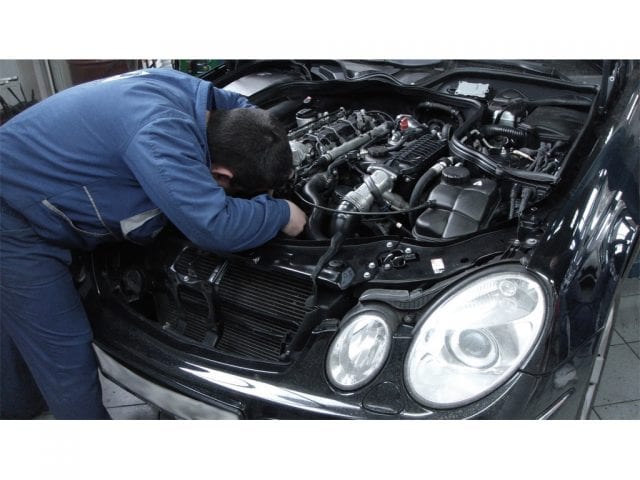
Firstly, you should study the primary operating points of the device. The working mechanism of the vehicle air conditioner looks like this:
- There is an isolated circuit inside which the cooling reagent – freon (in the gas state) circulates.
- Getting into the compressor, freon is compressed, and its temperature gradually increases.
- Then a powerful jet of heated air condenses and releases more heat from the gas.
- Then the substance is passed through a closed-loop, after which it enters the expansion valve.
- It is sprayed and moved to the evaporator, where the freon is vaporized, resulting in air cooling.
- At this stage, the freon again takes the form of a gas and moves under low pressure to the compressor.
- Then the entire above cycle is repeated.
How do you know when your car’s air conditioning needs recharging?
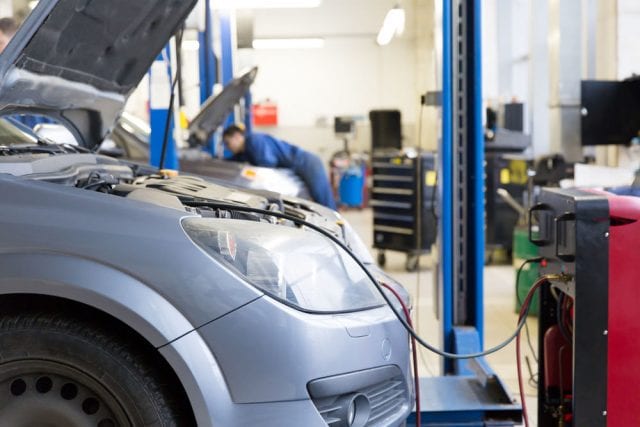
The car’s air conditioner is continuously exposed to the following factors:
- evaporation of various liquids during the operation of the car’s engine;
- constant vibration;
- regular temperature fluctuations.
These factors have a very negative impact on the condition of the car air conditioner itself, as well as its various connections. It is worth noting that the machine uses threaded connections of the air conditioner, so over time, the quality of seals decreases, which is why there is a leak of the well-known freon.
Do not think that the filling of the vehicle air conditioner should be carried out on a specific day, but we do not recommend delaying in this case. Many experts say that you need to fill up it even if, at first glance, there are no problems in its operation.
If you bought a car in the salon, the air conditioner should be recharged every 2-3 years. If your vehicle is about 7-10 years old, you will need to fill up it every year. Some motorists install the air conditioner with their own hands, so in such cases, it is necessary to count the time before recharging the device, taking into account the installation date.
Once again, we want to emphasize that this applies to air conditioners that operate normally. However, there are often malfunctions in the device that lead to a leak of freon. In such situations, repairs and further recharging of the car air conditioner are carried out.
How to choose a refrigerant?
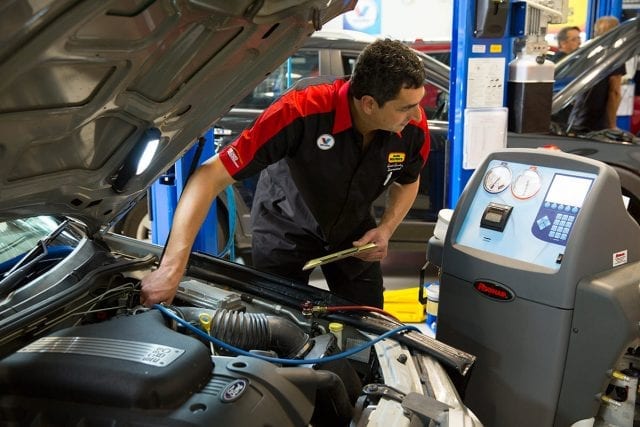
Until 1992, car air conditioners used freon R12. In cars manufactured after 1992, R134a freon is used. It is essential to fill the freon specified in the technical documentation. You can determine what kind of freon is needed by the shape of the inlet filling nozzle. The form of the fitting under R134a is higher and thicker. You can also view the type of freon on the inside of the hood.
How much freon does it take to recharge?
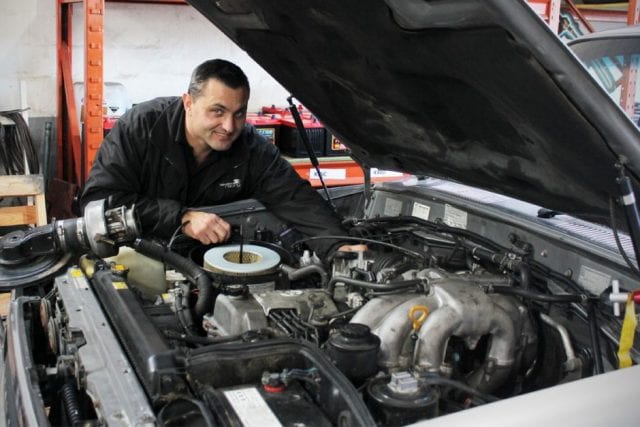
So, if you decide to do everything with your own hands, we suggest that you familiarize yourself with the rules of recharging. Before you start this procedure, you need to know exactly how much volume should be filled into the system.
As for the norm, it is also noted in the table under the hood, where you can find all the necessary information about the refrigerant and its type. If there is no such table, you need to check the information with the dealer or view the instructions in the book or find it on the Internet.
How often do you need to fill up the air conditioner?
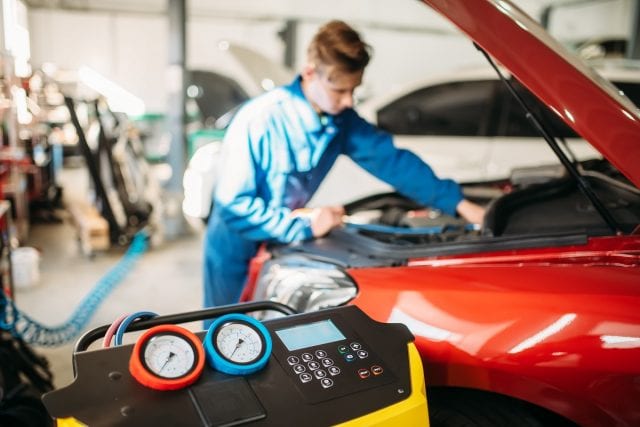
During the operation of the car air conditioner, a small leak of freon occurs. The rate of such gas loss for one year can reach up to 15%. So, every three years, if the circuit is not depressurized, the refrigerant needs to be filled in the air conditioner. And in the case when the car is already quite old, the natural leakage is even more significant, so recharging may be required for a year more often, but the method of recharging will be the same.
When there is a massive leak of freon, it does not make sense to recharge the car’s air conditioner, and you need first to determine the damaged area and fix it (this can only be done at a specialized service using ultraviolet light).
When the freon leak is more than usual, it is most likely:
- the air conditioning system tubes have lost their tightness due to mechanical/corrosive damage;
- there are corrosion processes inside the condenser.
How do you replace the freon?
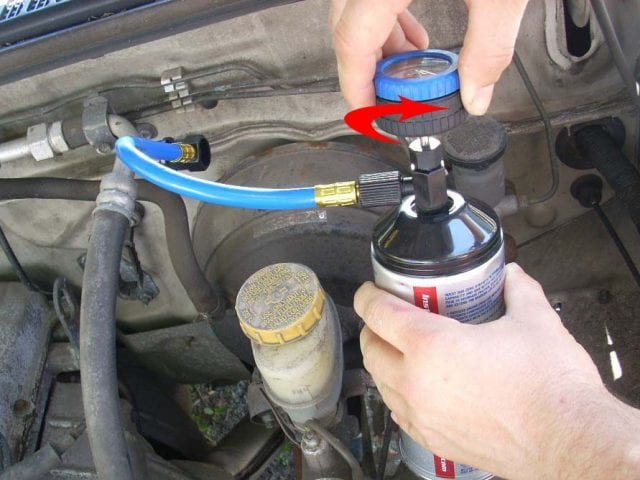
- First of all, you have to prepare the system for recharging.
Cleaning the air conditioning system.
Clean the radiator cavities with special foam. To do this, remove the rubber hose from the drainpipe at the left leg of the front passenger under the plastic cover and insert the foam through the cleaner hose, which is held in the radiator cavity until it stops. After that, let the air conditioner work for 15 minutes in the recirculating mode at idle speed of the car.
Vacuuming, i.e., removing atmospheric air and moisture vapor residues from the car air conditioner.
To do this, warm up the vehicle at idle for 10 minutes, then connect the vacuum pump to the air conditioner compressor connection, unscrew the nipple and turn the tap, the one under the fitting, counterclockwise. It is necessary to vacuum for 15 minutes 2-3 times. After complete removal of air and vapors, you must wait an hour or two before the recharging with freon.
- Next, you need to assemble a metrological station for recharging.
To do this, you will need:
- metrological station;
- hoses;
- adapter with a tap;
- can of freon.
Assembly is usually not difficult. The cap of the can is pierced by a spike located in the valve.
Using a thermometer and a moisture meter, you need to measure the humidity level and temperature of the air. Next, use the wheel of the metrological station calibrator to set the external air temperature.
If all indicators are acceptable for the procedure, you can start recharging.
The primary function of the metric station and test connector is to measure the pressure in the system. Often in car shops, you can see ready-made kits for recharging air conditioners, which include all of the above. So that you do not have any questions on how to choose the best AC recharge kit, see post at Car in my DNA.
- Now you can start recharging.
Charging with the refrigerant is performed from the low-pressure side. In some systems, the high-pressure fitting is blue with the letter H (high), and the low-pressure fitting is black with the letter L (low). In order not to confuse, the diameters of the inlet holes are also made different, and the low-pressure fitting is thicker.
- Remove the cap of the low-pressure line fitting and clean the area around it.
- Put the metrological station hose on the low-pressure filling fitting.
- Start the car’s engine and turn it up to 1500 rpm. Fix this (you can put the object on the gas pedal).
- Turn on the recirculation of the air conditioner to the maximum.
- Open the low-pressure valve at the station.
- Turn the refrigerant cylinder cover down, then carefully turn the tap on the cylinder cover.
- Fill the air conditioning with freon when the engine is running at a pressure no higher than 285 kPa.
- The end of filling can be the intake of air into the cabin at a temperature of 6-8 °C.
- Make sure that there are no air bubbles in the dehumidifier filter window, and the liquid is clear.
To protect yourself in the process, it is recommended:
- Wear fabric gloves and safety glasses — freon that gets into the eyes causes damage to vision.
- Monitor the integrity of the system and valves.
- Do not work in an enclosed area.
- The place should be immediately washed with water and treated with vaseline if the refrigerant gets on the skin or mucous.
- If a person has signs of suffocation or poisoning, it is necessary to take him out to fresh air and let him breathe oxygen for 30-40 minutes, after which the symptoms will pass.
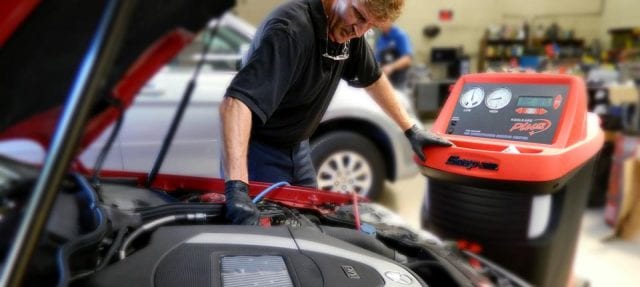
The correctness of recharging can be determined through the viewing hole located on the filter-dryer. The liquid is visible through it; if there are no bubbles in it, then the recharging is carried out correctly.

